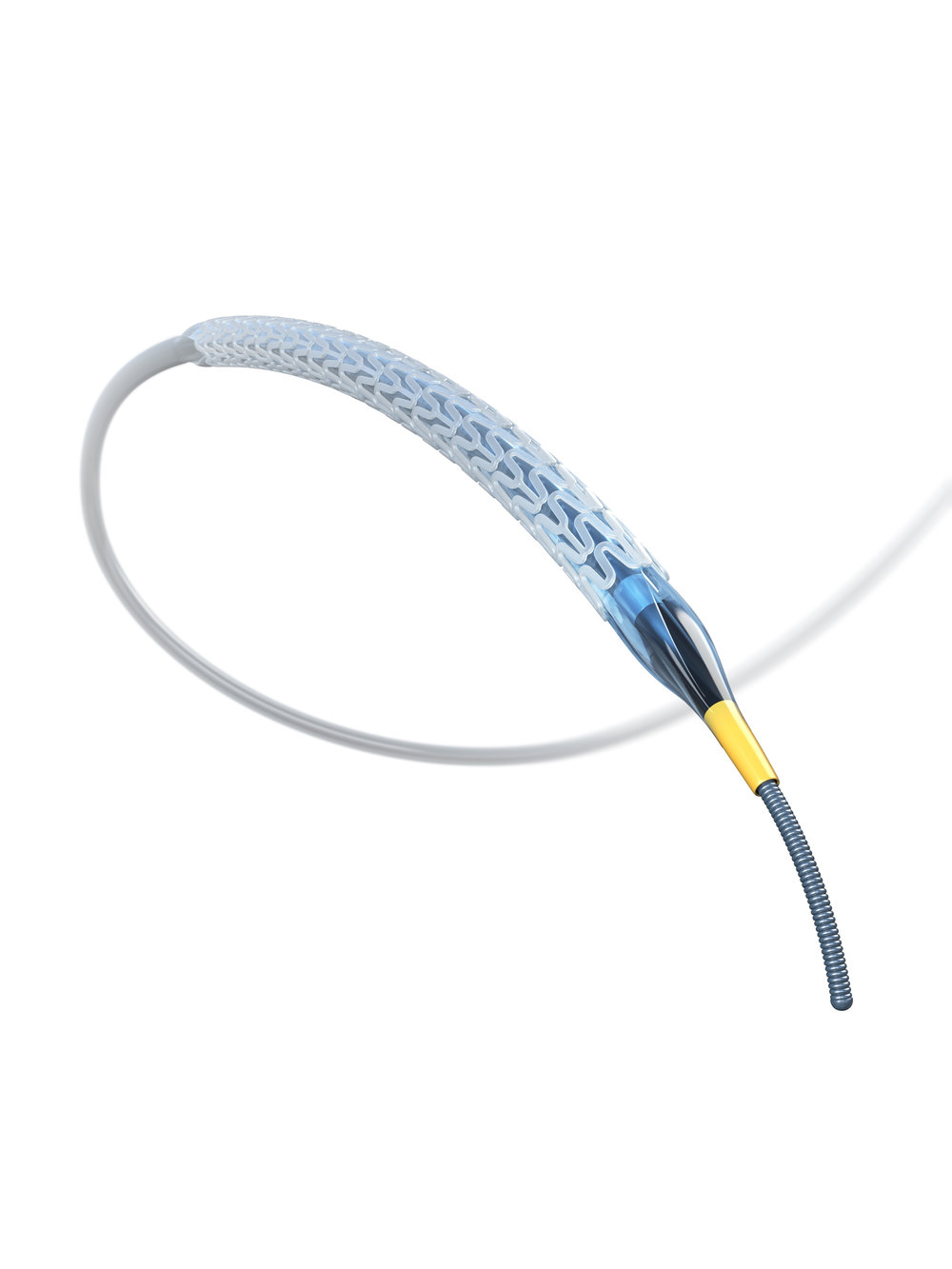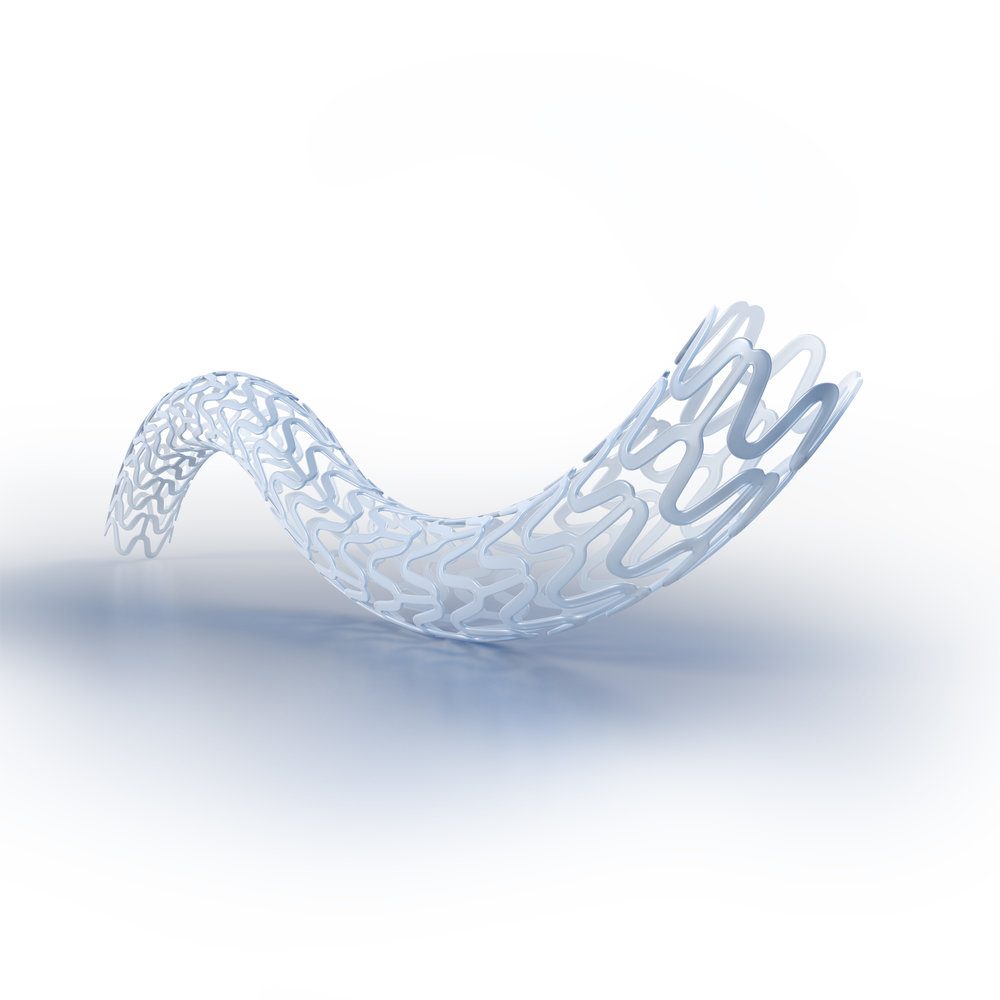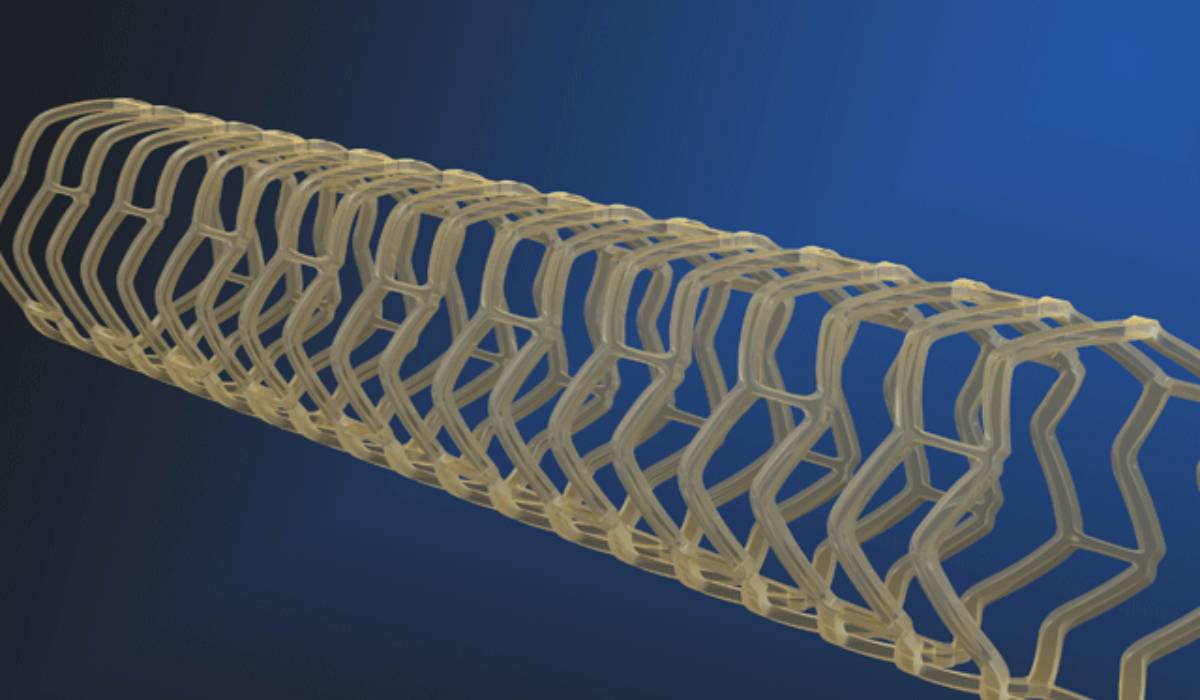ARTICLE SUMMARY:
It’s been a rocky road of late in the bioresorbable scaffold space, following Abbott Vascular’s withdrawal of its once-heralded Absorb device from the market, and Boston Scientific halting development of its Renuvia scaffold. Despite these landscape-altering setbacks, smaller players, including San Diego-based REVA Medical, are standing strong and moving forward with the development and clinical testing of their proprietary scaffolds, believing that there is a promising future for this evolving technology.
What is the next blockbuster interventional cardiology device market? After metal stents, many thought the answer to that question was bioresorbable scaffolds, as a welcome alternative to leaving a metallic implant permanently in a patient’s blood vessel, and the complications associated with that. However, it’s been a rocky road, especially for Abbott Vascular, which stopped selling its well-studied Absorb PLLA-based bioresorbable scaffold last September because of low commercial sales, following years of safety and thrombosis concerns. This announcement came right after another large player, Boston Scientific Corp., stopped development of its version of a biodegradable vascular scaffold, known as the Renuvia, to focus its efforts on improving its existing metallic drug-eluting stent portfolio.
Following these setbacks, smaller players in this previously heralded market, including San Diego-based REVA Medical Inc., are standing strong and moving forward with development and clinical programs using various alternative scaffold materials and strut thicknesses, among other features, believing that there is a promising future for this evolving technology. And, they are able to learn and grow from Abbott’s experience.

The Community Blog had a chance to speak with Regina Groves, CEO of REVA, whose 30+-year background in the device space includes serving as VP and General Manager of the AF Solutions, Cardiac Rhythm and Heart Failure division of Medtronic plc, VP of Quality and Regulatory for the Cardiac Rhythm Disease Management (CRDM) business and VP and General Manager for Patient Management CRDM. She feels strongly that REVA and its Fantom Sirolimus-Eluting Bioresorbable Coronary Scaffold is leading the revolution in interventional cardiology. The company is working to prove in a novel way that it doesn’t make sense to put in a permanent metal stent, she tells the Community Blog.
REVA is not only competing in a controversial and highly scrutinized market, but is doing so with a differentiated scaffold material. “We wanted to make sure we found a polymer that could be designed from the ground up to do the job and then get out of the way,” she says. REVA, founded in 1998, partnered with Rutgers University to develop Tyrocore, a proprietary polymer designed specifically for vascular scaffold applications. Tyrocore, unlike other vascular polymer options such as PLLA used by Abbott, is inherently and uniquely radiopaque and visible under fluoroscopy, says Groves. Tyrocore is also stronger than other bioabsorbable scaffold materials, she says, allowing for a thinner strut profile and a greater over-expansion capability. It also allows for a single-step inflation process, similar to that used when placing a metal stent, Groves tells the Community Blog.

Fantom received European CE mark in April 2017 for the treatment of coronary artery disease, and it is marketed in the European Union and select other countries. REVA will continue to gather clinical data to gain support for the scaffold’s use long term, and in different patient groups than its FANTOM II trial, including longer lesions, multi-vessel, and ST-Elevation Myocardial Infarction (STEMI) patients. The company is also initiating a post-market registry study in Europe, and it is in the planning stages for a FANTOM III US pivotal clinical trial.
At the annual EuroPCR conference in Paris this May, REVA reported positive and sustained safety and efficacy of its Fantom device through two years, based on data from its FANTOM II trial. The results showed an overall low 5.0% rate of major adverse cardiac events (MACE), a single very late scaffold thrombosis event for a rate of 0.4%, and sustained vessel lumen patency through two years without evidence of chronic scaffold recoil. (Note that another player in this market, German company Biotronik, reported positive early results at EuroPCR from a large registry of patients treated with its CE mark-approved bioresorbable magnesium scaffold, Magmaris. Results suggest that the device performs as well as second-generation drug-eluting stents and without the associated risk of adverse events, specifically scaffold thrombosis, according to the company. Other bioresorbable scaffolds are under development as well, and Abbott has stated that it will continue work on a next-generation bioresorbable device. Also see this recent post on our Community Blog, 'On the Road' - EuroPCR Innovators Day Highlights.)

In February of this year, REVA announced CE mark and first implant of its a third-generation bioresorbable scaffold, Fantom Encore, with a 95-micron strut profile (compared with 157 microns for Absorb and 125 microns for Fantom) in the 2.5mm diameter size. Fantom Encore, also made from Tyrocore, offers a thinner strut profile than the original Fantom without compromising strength or x-ray visibility, says Groves. Just last month, REVA received CE mark approval for its full Fantom Encore product line (including 3.0mm/105 micron and 3.5mm/115 micron sizes), with full commercial launch planned for later this year. The company has also submitted for CE mark approval for its first bioresorbable scaffold for the vastly underserved peripheral artery disease/below-the-knee population. Future directions for REVA’s technology could also include embolic applications such as for the treatment of uterine fibroids and benign prostatic hyperplasia, Groves tells the Community Blog.
For Groves, her drive to succeed in one of today’s most challenging medtech markets comes down to the patients they serve. Her realization about the impact that medtech can have on patients’ lives came earlier in her career, when she was CFO at a children’s hospital and also at a healthcare payor system. She was often faced with determining what kinds of treatments individual patients could have. “It was very emotional to see a child who needs for example a heart-lung transplant, and to be dealing with a payor who may not want to fund it,” Groves says.
When Groves moved into medical devices, she realized the potential to impact thousands of patients. A defining moment that showed her she could personally impact patients’ lives came when she helped to build a successful atrial fibrillation (AF) ablation business at Medtronic. She got to know patients receiving these treatments, and they (and their physicians) thanked her for helping to get them healthy, she tells the Community Blog.
Then she was introduced to the technology at REVA, where, as she experienced when working in AF, she has successfully taken on the challenge of growing a smaller company in a land of goliaths with entrenched, standard-of-care technologies (not to mention landscape-altering product failures). And, Groves has gotten to know REVA patients, including Claus Brogger, a retired airline pilot from Denmark whose hobby is flying his vintage fighter jet. Following his treatment with Fantom in an early clinical trial, he stood up in front of REVA employees at a company meeting and thanked them for “giving me my life back.” For Groves, that’s what it’s all about.
#cardiovascular #interventionalcardiology #scaffold #bioresorbablescaffold #EuroPCR #REVAMedical #Fantom #FantomEncore #Tyrocore #AbbottVascular #Absorb #BostonScientific #Renuvia #Medtronic #Biotronik #Magmaris #DrugElutingStents #UterineFibroids #BenignProstaticHyperplasia #BPH #Thrombosis #CommunityBlog #MedTechStrategist #medicaldevice #medtech #tracyschaaf
![]() Trial MyStrategist.com and unlock 7-days of exclusive subscriber-only access to the medical device industry's most trusted strategic publications: MedTech Strategist & Market Pathways. For more information on our demographics and current readership click here.
Trial MyStrategist.com and unlock 7-days of exclusive subscriber-only access to the medical device industry's most trusted strategic publications: MedTech Strategist & Market Pathways. For more information on our demographics and current readership click here.
